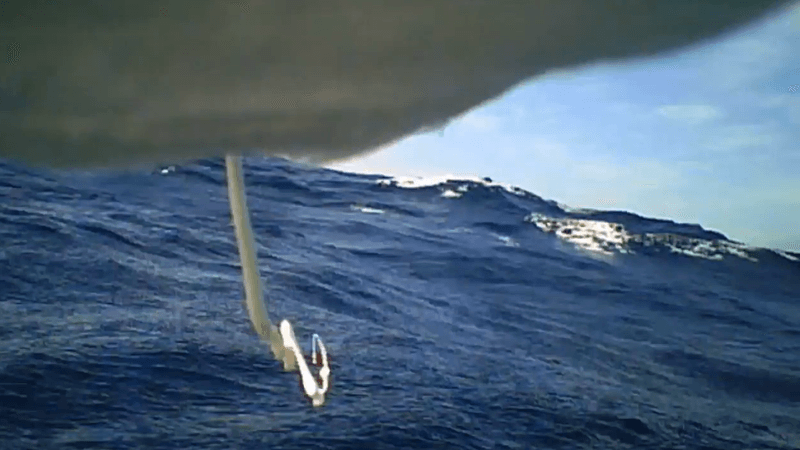The ocean holds all sorts of differently shaped delights, from colorful starfish to life that is a little more... blobby. Now, impressive drone footage has provided a rare glimpse at one of the most triangular beings in the ocean: the wedgefish.
The rest of this article is behind a paywall. Please sign in or subscribe to access the full content.Wildlife videographer Jake Mason was flying his drone off in Shark Bay off the coast of Western Australia when he spotted the unusual-looking creature. “This is quite possibly the coolest thing I’ve seen while flying my drone in search of wildlife,” he explained in an Instagram post. “At first I didn’t know what I was looking at, it was a ball of something moving along.”
When Mason looked a little closer, he identified that ball as a school of juvenile golden trevally, with some cobia and potentially even a couple of sharksuckers. The wedgefish, he wrote, was “leading the pack”.
The fish in the footage was suggested to be a whitespotted wedgefish (Rhynchobatus djiddensis), although it is notoriously difficult to tell the difference between wedgefish species. The whitespotted wedgefish looks similar to the bottlenose wedgefish (Rhynchobatus australiae), although the bottlenoses appear almost completely grey on their backs, with fewer white spots over their bodies than the whitespotted wedgefish.
The bottlenose wedgefish is known to have a widespread distribution from Mozambique, all the way through to Australia and the Solomon Islands, whereas currently, the distribution of the whitespotted wedgefish is thought to be limited to the east coast of Africa and the waters around the Arabian Gulf.
“However, the species' distribution may not be fully defined due to confusion with other members of the Rhynchobatus djiddensis species-complex,” explains the IUCN.
Both species, however, are listed as Critically Endangered by the IUCN due to intense fishing pressure within their habitats. This is largely driven by the demand for shark fins, and the pressure and consequences of net and trawl fisheries on large numbers of shark and ray species to meet this demand.
In Australia, they are offered a reprieve from the overexploitation of the fishing industry. The Save Our Seas Foundation suggests the wedgefish and related guitarfish are among the most endangered fish in the world.
[H/T: Discover Wildlife]




